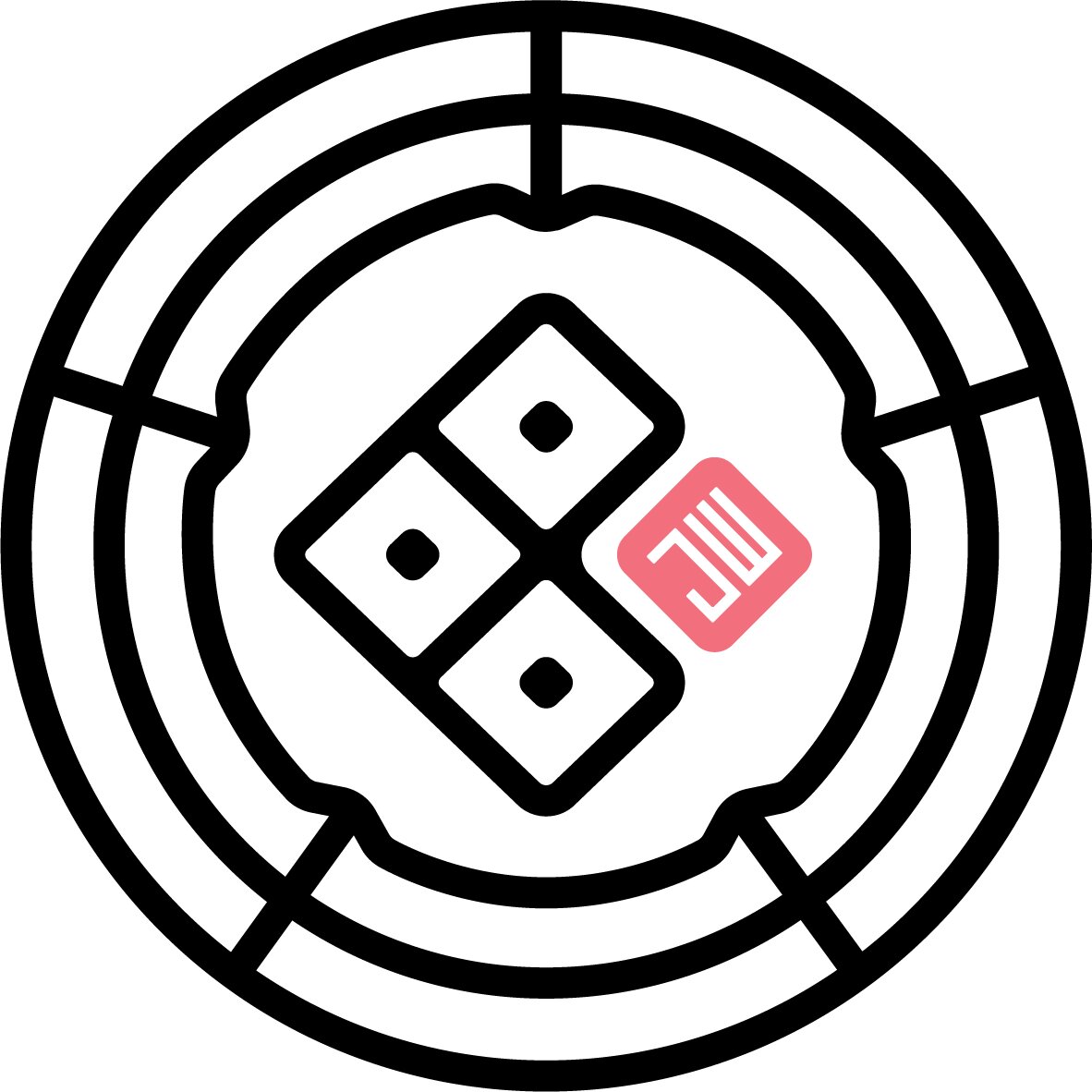Practice Notes: On Violence
Violence. Our newsfeeds are filled with it: from genocidal wars and ecological crises around the globe to every form of violence in our local communities. In the US, too many are desensitized to violence, and refuse to see how close it is.
Indeed, from a buddhist perspective, violence isn’t just close, it’s in us. It’s part of us. And we are part of it. (Perhaps I’ll write up something separate just on that)
Conversing with friends, loved ones, co-workers, or community members who might have a different understanding of violence is not easy. We, all of us, often come to these hard conversations with strong opinions, and with little bandwidth to listen to anyone but ourselves.
We want to protect, and we want to be right(eous). Unless we really choose to shift, we stay at the level of disagreement, trying to prove a point or win an argument.
But what the world needs is for more of us, many many many more of us, to find ways to bring about peace in our communities. And that can only happen when it’s coming from within us. We have to be able to listen, and we have to be able to speak & act with enough spaciousness of mind and heart to engage at a deeper level.
Choosing the conversation
If you’re willing to engage with others to bring about more peace, and know that going head to head about a particular conflict or policy, you can choose to redirect the focus to violence itself:
Is violence part of human nature? Is it unavoidable? What activates my own violent thoughts or actions? What do I experience in my body when violence arises in me?
These aren’t easy questions, and there is still potential for unskillful and unproductive, even explosive dialog. When looking deeply at ourselves, there is still potential for denial, blame, and delusion (these are tough habits to break!). If we acknowledge that everyone in the conversation is coming to it with preconcieved ideas, including ourselves, can we courageously chose to find a new place to start?
Life experiences shape our fears, and ideas about human nature guide our responses. Can we choose conversations that might touch the layers beneath ideas about self & others, protection & harm, threat & blame? Can we invite others to start with themselves, as we express our own vulnerabilities, and build connection and understanding from a place of the shared humanity that we find?
Looking deeply
When on pilgrimage in India in February 2025, I had the great privilege to visit the stupa of Angulimala, the serial killer turned devoted monk of the Buddha who lived 2600 years ago. Angulimala’s transformation from the most famed violent killer of the time into the peaceful monk named Ahimsa (non-harming) was one led by compassion, love, and true efforts to understand.
We need these qualities in real time, in real action, not just as ideals. Cultivating your own self-compassion, actively practicing compassion in the way you speak, listen, and interact with others, is real work with real effects. Can you invite compassion into your practice? Both on the mat/cushion, and as you move about your day?
On retreat, the pilgrimage group began to circumambulate Angulimala’s stupa in silent walking meditation. As we contemplated the violence and compassion of Angulimala’s story while walking, these words from my own healing journey arose in my heart and mind. I hope they might serve as a foundation for you to rewrite verses that reflect your own experience.
@angulimala stupa February 2025
Breathing in, I see myself through my grandparents eyes
Breathing out, I smile to myself as beloved
Breathing in, I feel the peace of one who has healed
Breathing out, I smile to the healer in me
Breathing in, I feel many entanglements within me
Breathing out, I smile to my fear, my contradictions, and my unskillfulness
Breathing in, I see myself in anger, irritation, impatience, and blaming
Breathing out, I smile with compassion at the suffering within me that needs care to transform

